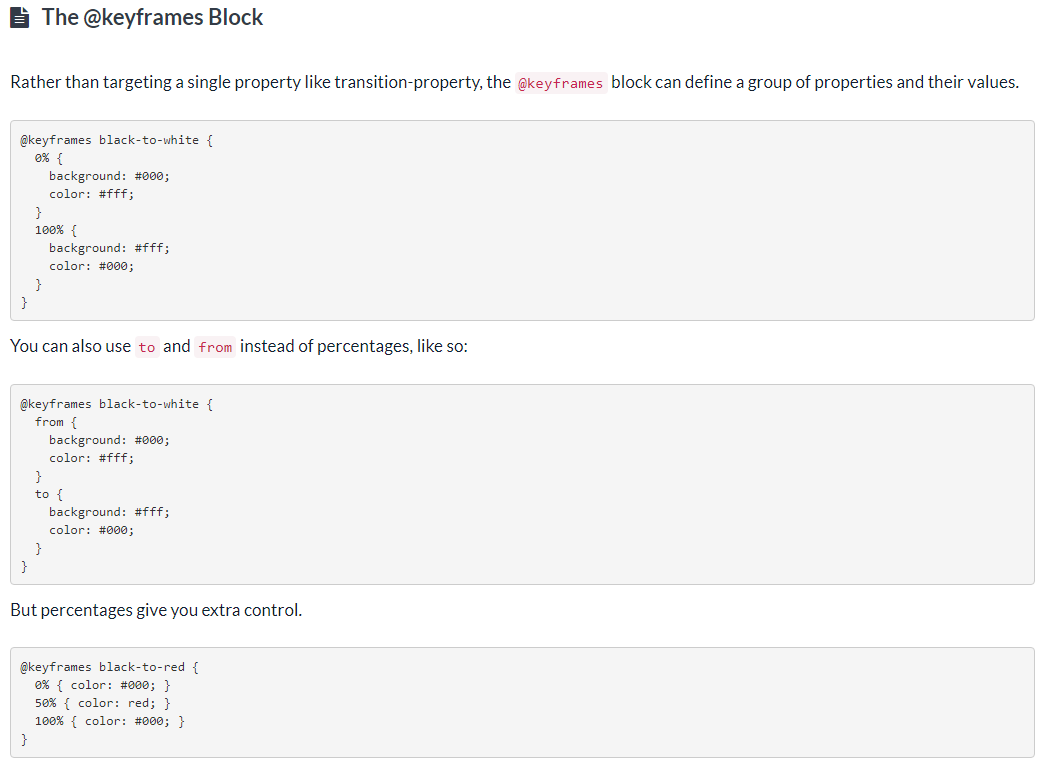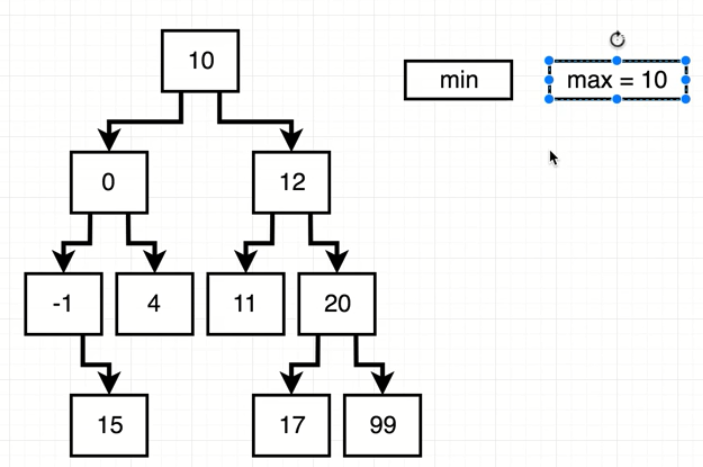
class Node {constructor(data) {this.data = data;this.left = null;this.right = null;}insert(data) {if (data < this.data && this.left) {this.left.insert(data);} else if (data < this.data) {this.left = new Node(data);} else if (data > this.data && this.right) {this.right.insert(data);} else if (data > this.data) {this.right = new Node(data);}}}// to be valid, node should satisfy min and max ALONGSIDE with all his children// first we check if node data satisfying min and max// then we do recursive check for node left and right childrenfunction validate(node, min = null, max = null) {const { left, right, data } = node;// node is invalid when doesn't satisfy min or maxif ((max && data > max) || (min && data < min)) return false;// true by default, since if node doesn't have a child, it should be accepted as validlet isLeftChildValid = true;let isRightChildValid = true;if (left) isLeftChildValid = validate(left, min, data);if (right) isRightChildValid = validate(right, data, max);// at this step node validity depends on validity of his children// because all check of node data itself was made above (line 8)return isLeftChildValid && isRightChildValid;}


// --- Directions// Create an 'eventing' library out of the// Events class. The Events class should// have methods 'on', 'trigger', and 'off'.class Events {constructor() {this.event = {}}// Register an event handleron(eventName, callback) {if (this.event.hasOwnProperty(eventName)) {this.event[eventName].push(callback);} else {this.event[eventName] = [callback];}}// Trigger all callbacks associated// with a given eventNametrigger(eventName) {if (!this.event.hasOwnProperty(eventName)) return;for (let cb of this.event[eventName]) {cb();}}// Remove all event handlers associated// with the given eventNameoff(eventName) {delete this.event[eventName];}}
CSS Transition
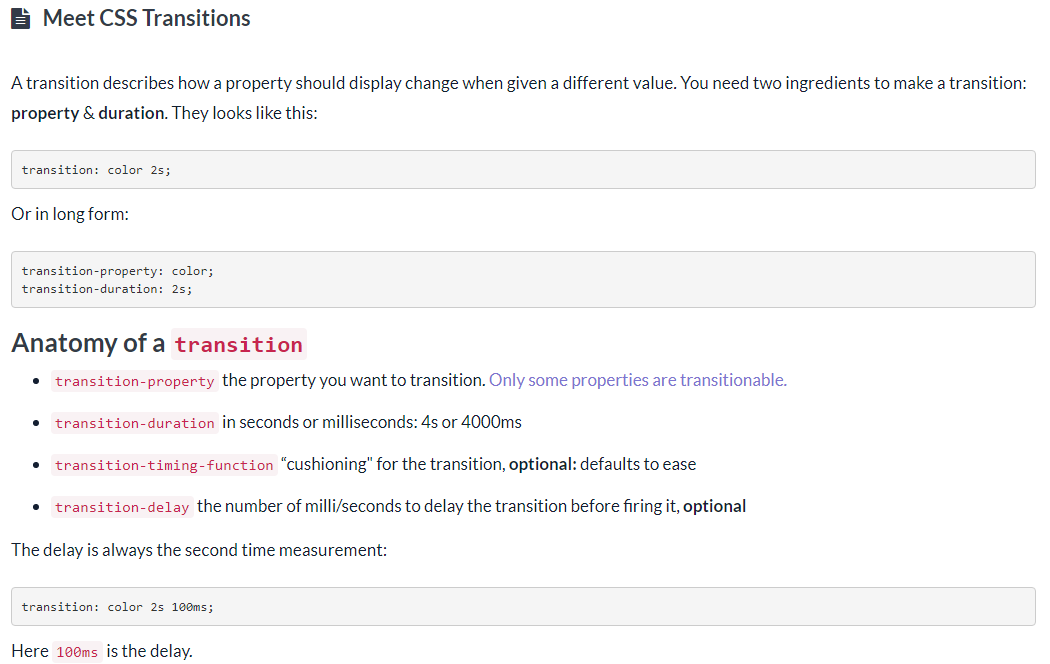
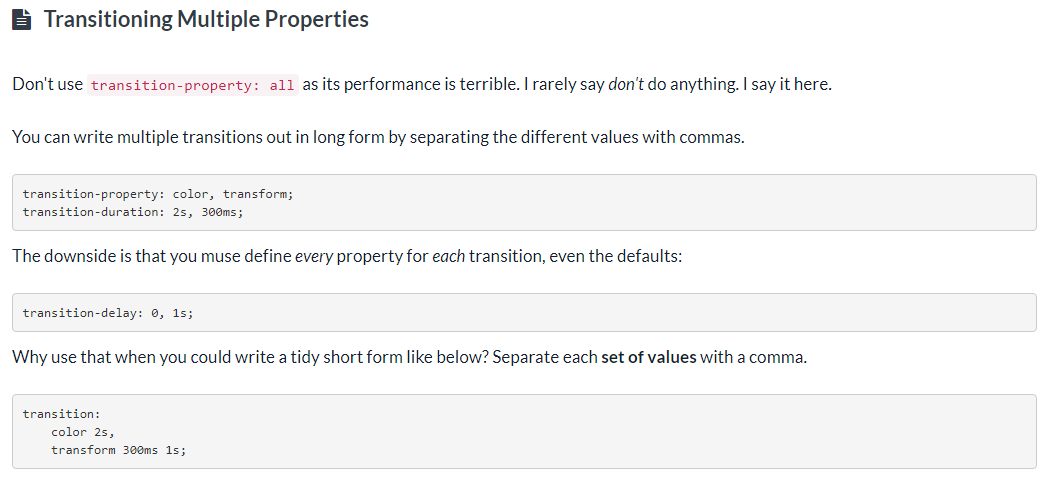
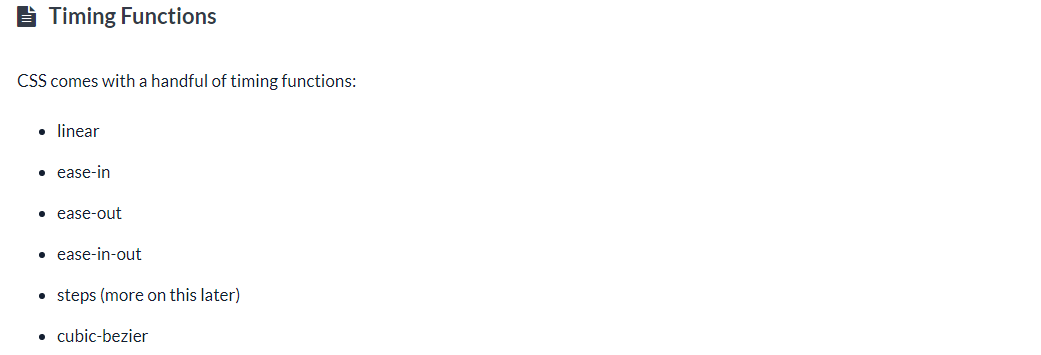
CSS Animation

